Xiaomi unveiled its much-anticipated flagship the Mi 5 during March 2016 in China followed by India in May 2016. This is one important milestone for Xiaomi as Mi 5 is the first Xiaomi phone with a physical home button and front-mounted fingerprint sensor. (Last year’s Redmi Note 3 has a scanner on its reverse.)
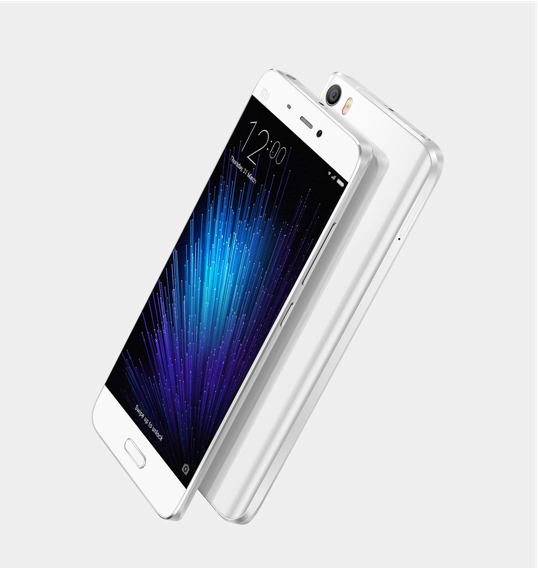
It is important to note that there are 3 versions of the Mi 5:
a. The standard edition has a CPU clock speed of 1.8Ghz, 3GB of RAM and 32GB of storage.
b. The next version of the phone has a 2.15GHz clock speed and 64GB of storage. Both of these models are made out of a 3D curved glass body and is available in gold, white and black.
c. Lastly, Mi 5 Pro edition is only available in black and is made out of ceramic and is equipped with 4GB of RAM and has 128GB of storage.
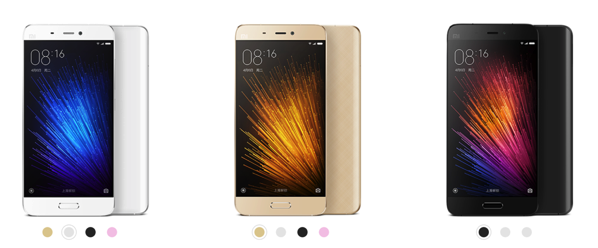
Unlike previous Xiaomi phone,Mi 5 phone comes in a colourful box and the contents of it include a charging brick, USB type C cable, SIM ejector pin and user guides.
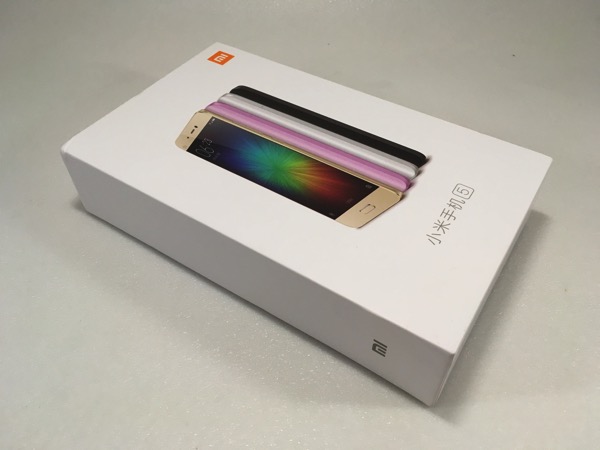
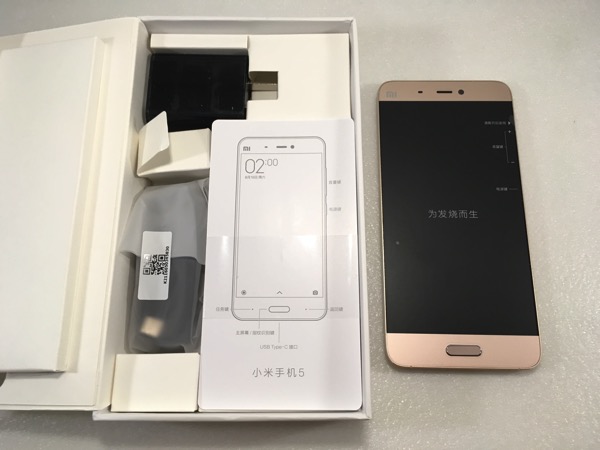
The Mi 5 is smaller than some other flagship phones offered in the market, with a 5.15-inch screen.The 428 ppi resolution is a tad lower than a 577 ppi Galaxy S7.
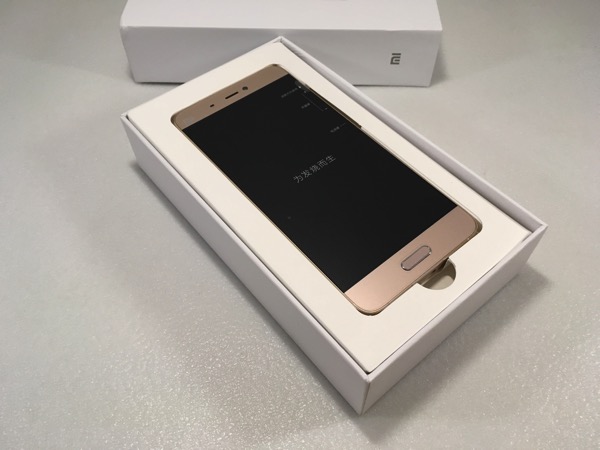
The design of the exterior of Mi 5 is reminiscent to that of a Galaxy S6. It is a sleek combo of metal and Gorrilla Glass. The glass back of the device curves along the long side, just like the Galaxy S7 and the Xiaomi Mi Note. All this greatly help to operate the Mi 5 in one hand mode.
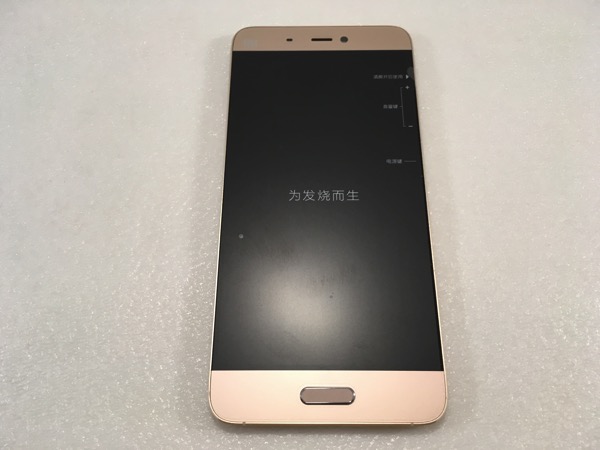
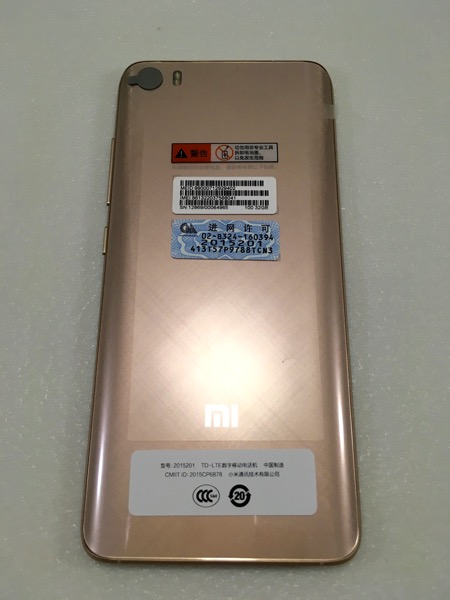
Using the top-of-the-line Qualcomm Snapdragon 820 processor and 3 GB of RAM, it is remarkably fast at opening, closing, and moving through apps.The standard version of Mi 5’s Snapdragon 820 only runs at 1.8GHz instead of the 2.15GHz you’d get on a Galaxy S7. This phone handles the most intensive games on mobile very well and the graphics look stunning.Only downside,the device gets a little warm easily.
The metal frame, which is also curved on each side of the phone, goes around the device and it adds a lot of premium look and feel.
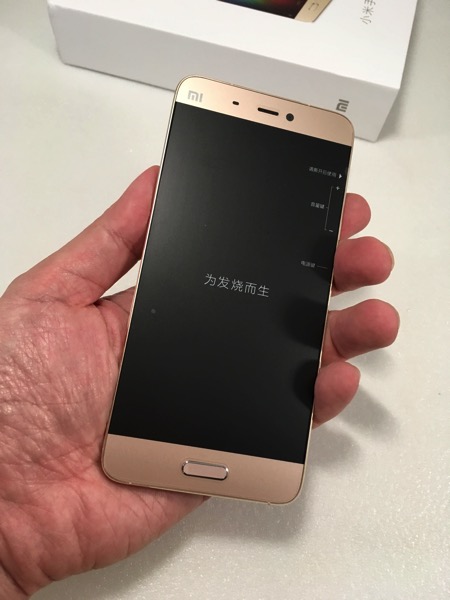
The dual nano SIM card slot is located on the left of the phone while the usual buttons (volume & power) are located on the right.
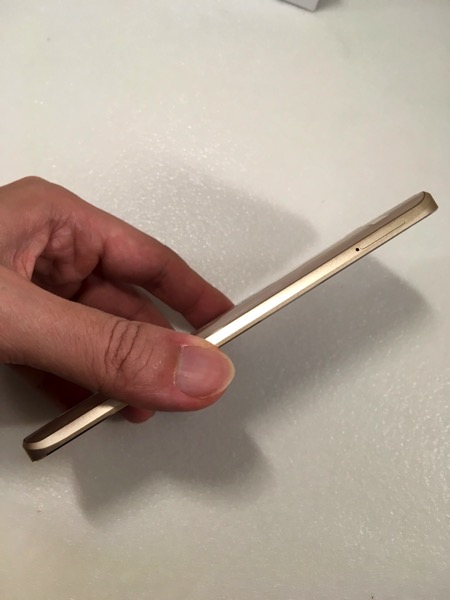
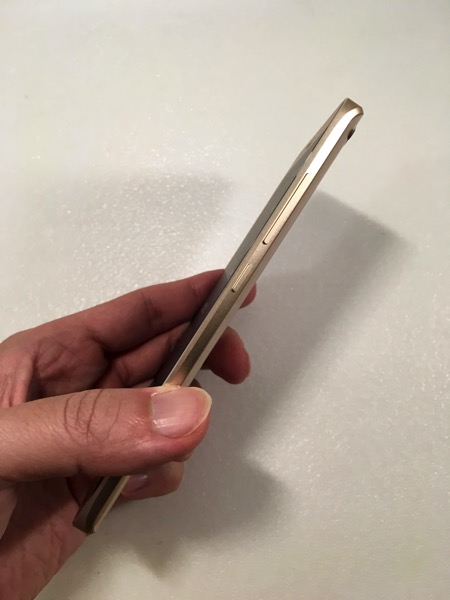
On the top of the phone, we have a headset jack and the IR blaster to control the TV or other devices.
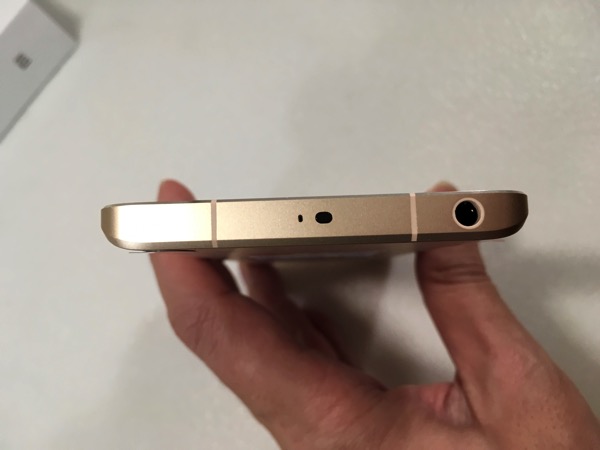
Lastly, on the bottom of Mi 5, we have the microphone, loudspeaker and the USB type C port.
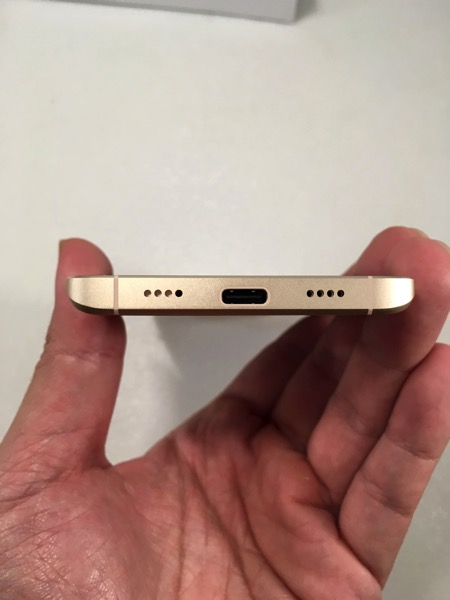
Beneath the display is an oblong, metal-ringed home button with built-in fingerprint reader that looks pretty much identical to Samsung’s.
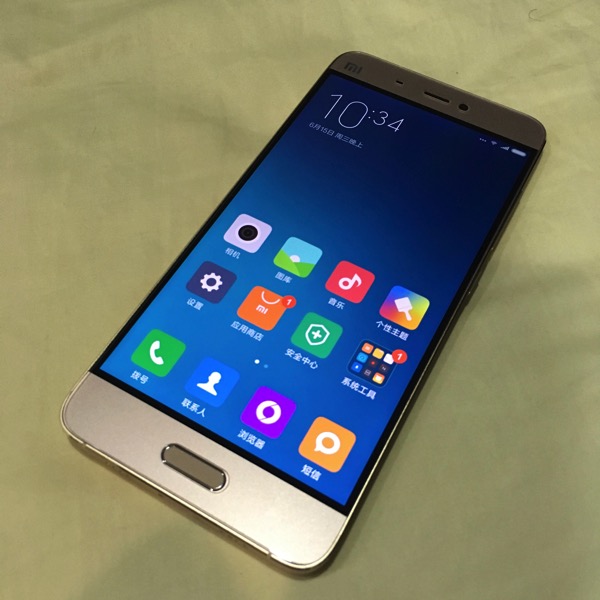
The fingerprint scanner is fast and accurate but it does not work straight from the standby mode i.e. one will need to press home or power button first.
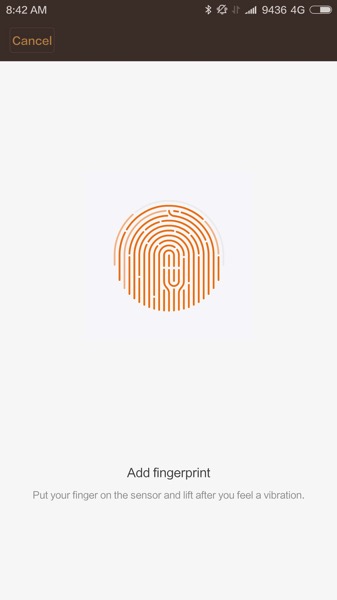
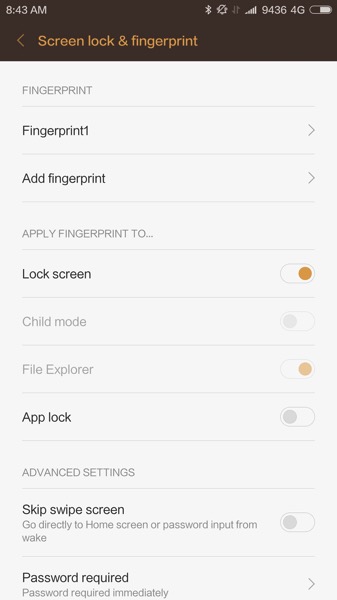
To the left and right of the home button are two capacitive buttons that act as “back” and “recent apps”.
Despite the Mi 5’s slim build and impressive performance, Xiaomi managed to squeeze in a 3,000 mAh battery.
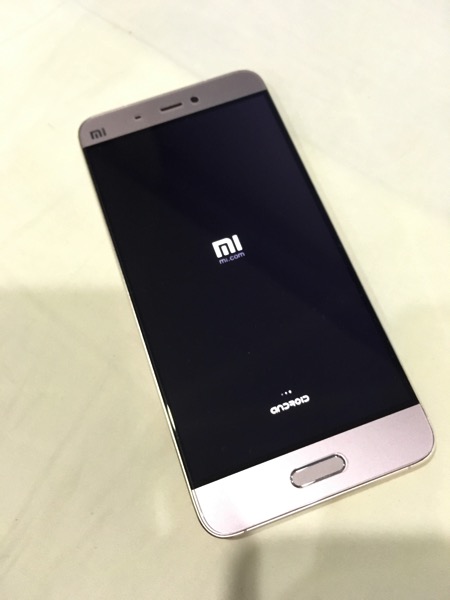
The Mi 5 boasts a 16-megapixel camera with f/2.0. The camera is flush with the phone’s back. While the still camera also sports optical image stabilization (OIS), which does an excellent job at compensating for camera shake.
OIS is only available in still camera mode: it doesn’t compensate for shake on captured video.
[Test camera shot using Mi 5]

Full Specifications for Mi 5:
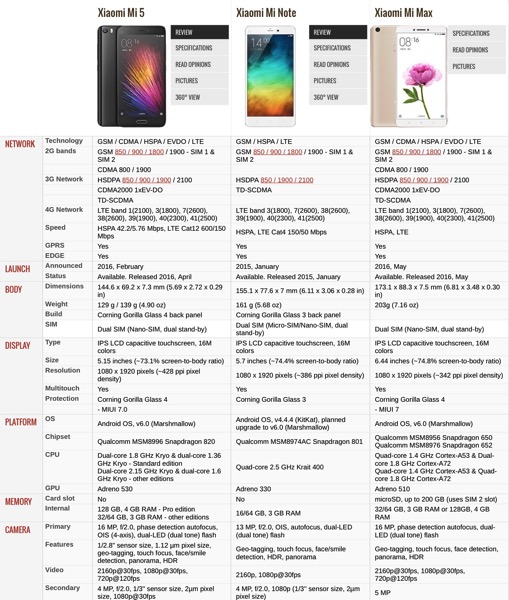
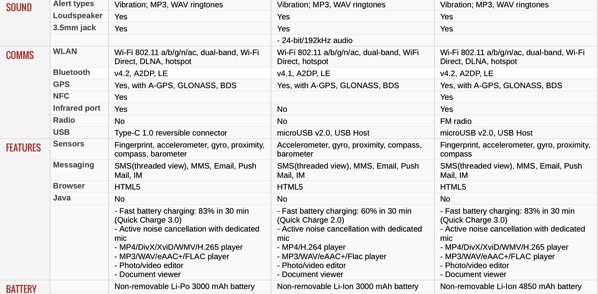
the Mi 5 ships with Android 6.0 Marshmallow with a custom interface called MIUI.While the home screen is more akin to iOS than Android, with no app drawer for stowing away less frequently used apps, it still supports widgets, and offers a clever way to bulk-move apps across screens or into folders.
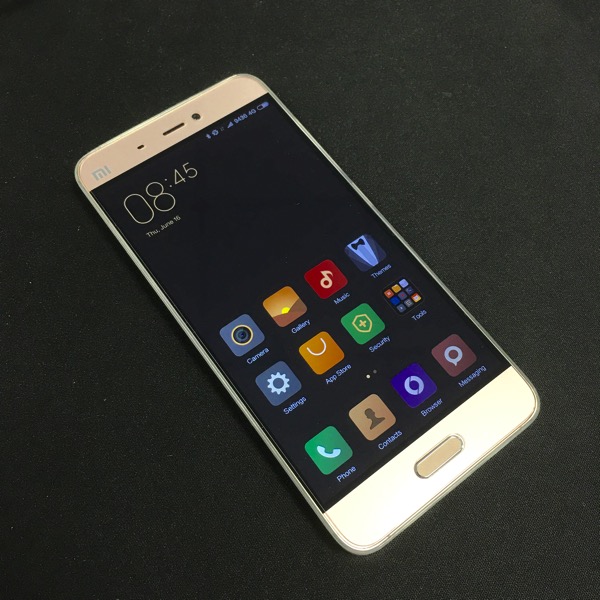
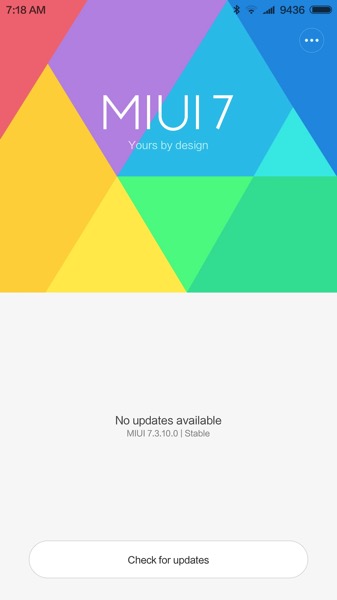
Unlike the stock Android 6.0, MIUI 7 versus does not have these features:
- Settings search
- Multi-user support
- Google Now on Tap support
- Android 6.0’s App Permissions system
The pricing for Mi 5 starts at 1999 RMB / USD 262. The Mi 5 Prowill set you back with RMB 2699 / USD 354.
[Quick comparison – Left : Mi 5, Right : iPhone 6S]
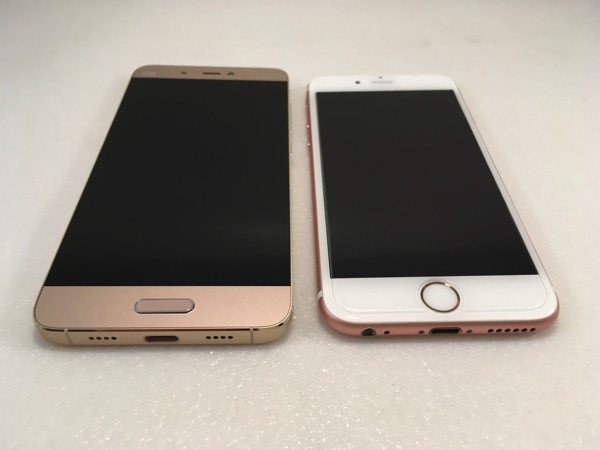
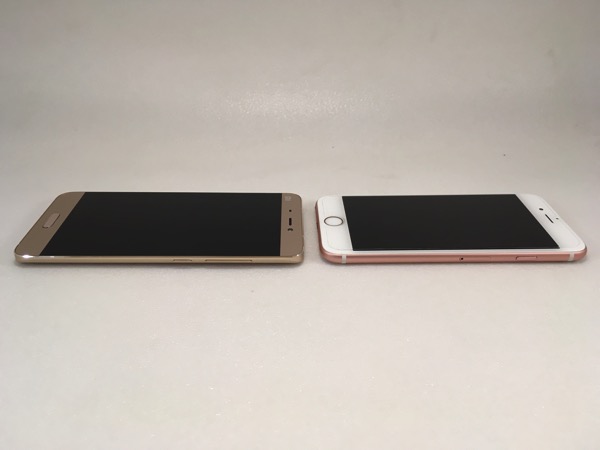
PROS
- Fast processor and variety of storage space
- Great overall performance
- Solid build and sleek design
- Good camera with OIS support
- Fast Fingerprint Sensor
- Customisable widgets and themes through Mi 5’s MIUI
CONS
- MIUI lacks some of Android’s latest features
- Smaller screen than those flagship modes offered elsewhere
- Gets heated up quite easily (due to Snapdragon 820 processor)
Read other related posts:
Follow us on:Share this article on:

